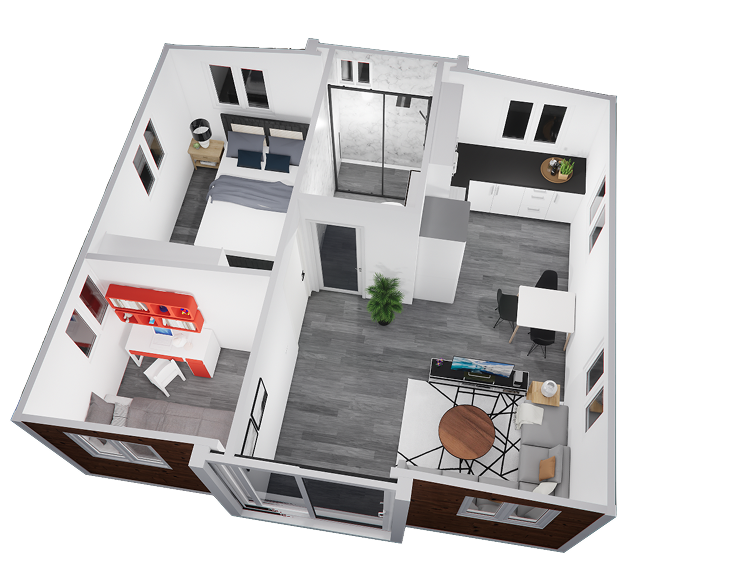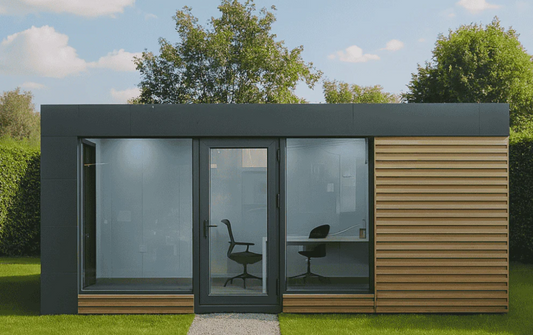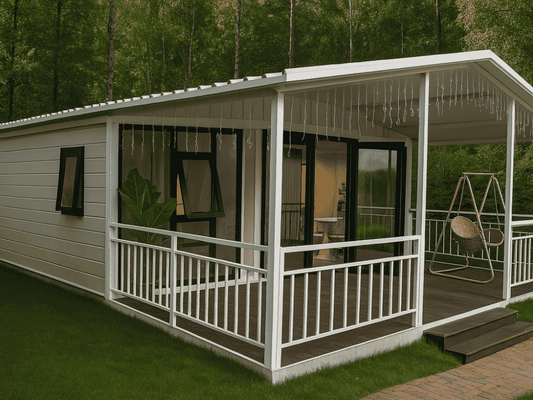Housing costs are draining bank accounts. Wages are not keeping up. Student loans? Another weight on your shoulders. Millennials and Gen Z are stuck in a cycle of financial stress and delayed homeownership.
Meanwhile, the median price of a single-family home in California sits at a staggering $861,020. That’s two to three times higher than the national average. In cities like San Francisco and Los Angeles, prices soar well above $1.2 million.
That’s a crushing amount of debt for first-time buyers.
Even starter homes are exorbitantly priced. And if you're renting? You're paying a fortune just to stay in one place.
What if there was another way?
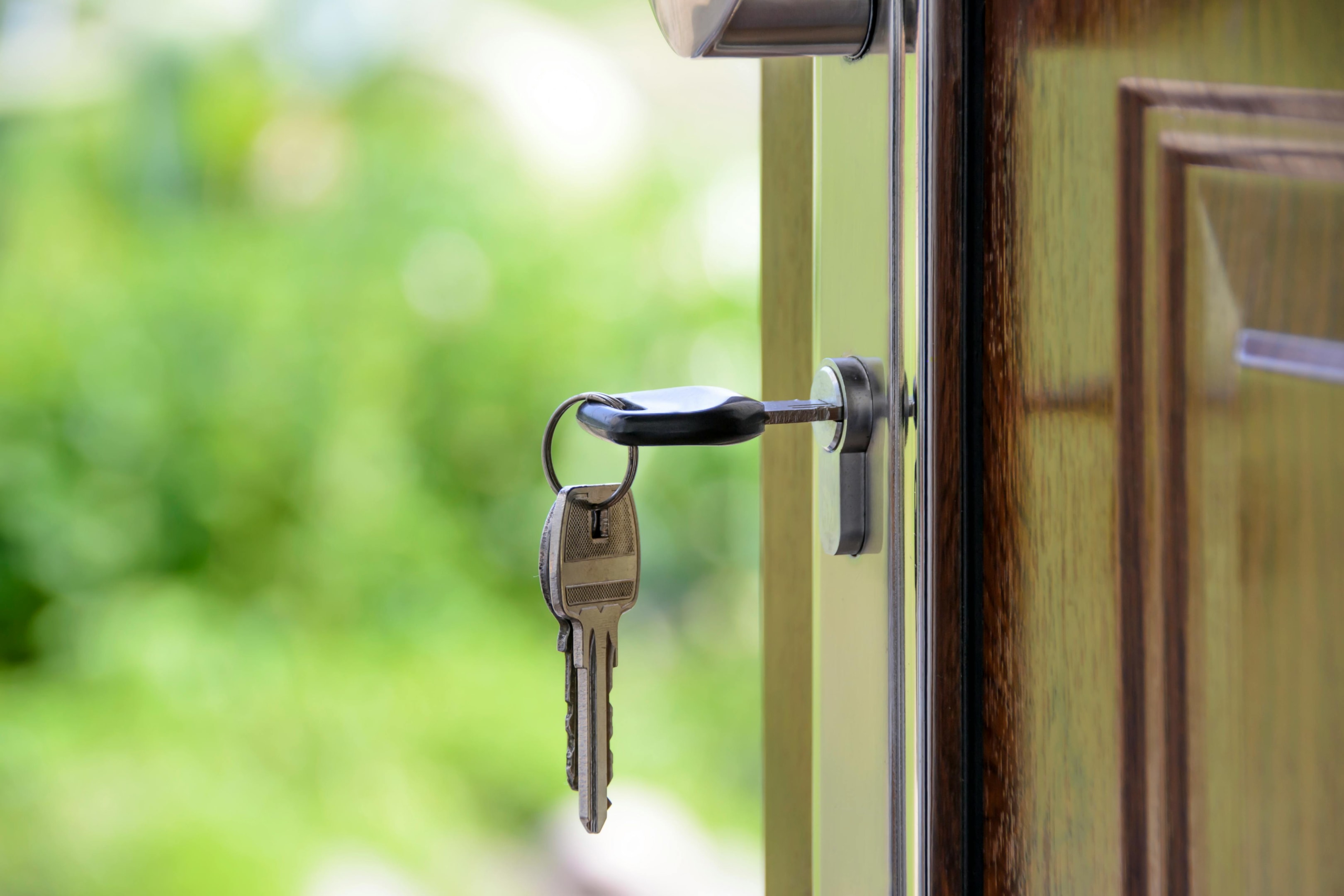
The Growing Trend Of Manufactured Homes
A new home built in a factory costs around $100-$150 per square foot, compared to $400-$800 per square foot for a traditional house in urban areas. That’s a massive difference. You get the stability of homeownership without drowning in debt.
Is buying a manufactured home in California for your family worth it?
Let’s look at the benefits, the risks, and whether this is your best shot at owning property in California.
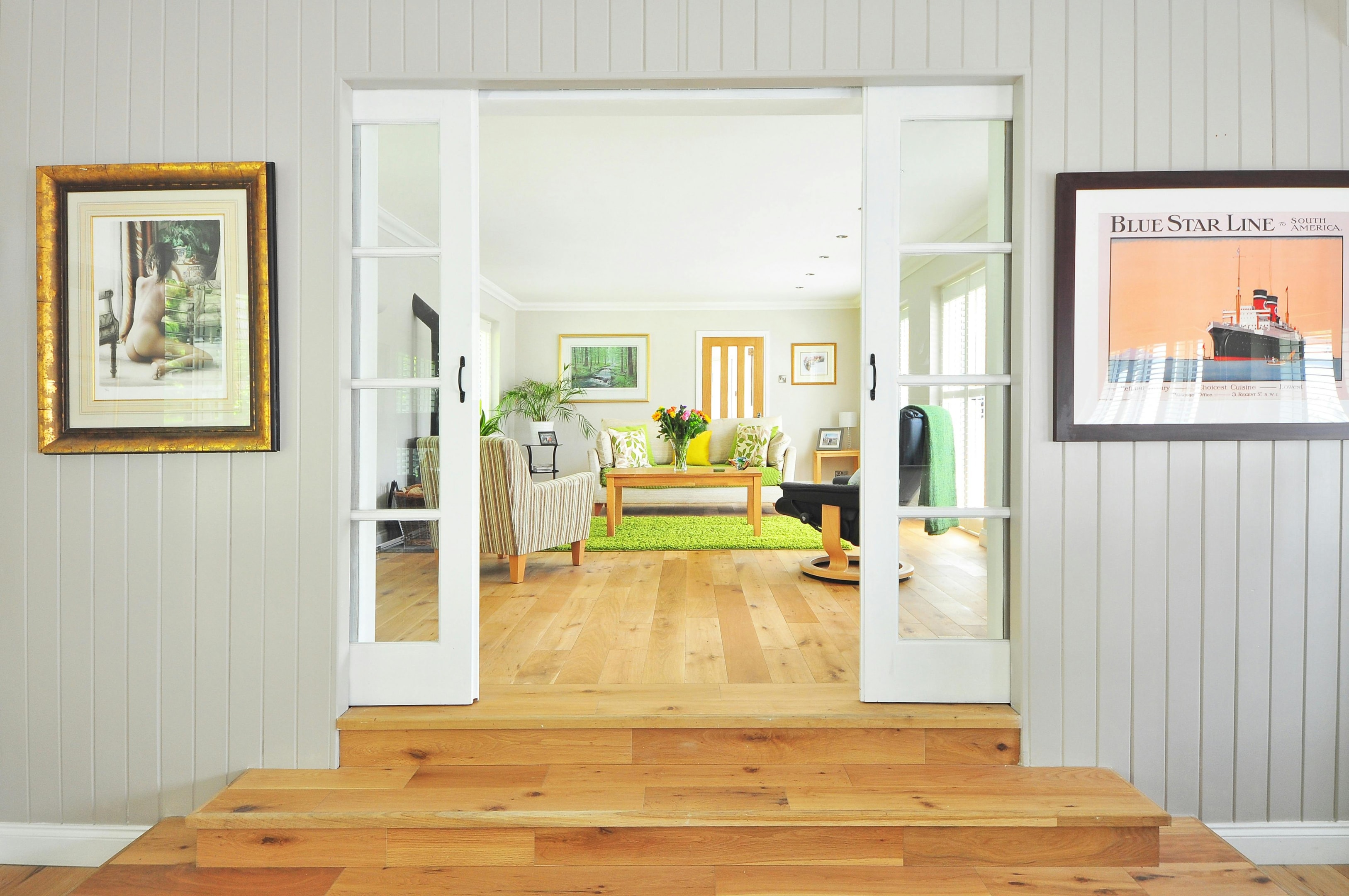
How Manufactured Housing Works
Manufactured homes are built in a factory and delivered to a home site fully assembled or in sections. So no waiting months like with traditional methods. Your dream home can be ready in weeks.
They must follow strict HUD Code regulations though, which set requirements for safety, durability, and energy efficiency. Fire-resistant materials, wind-load protection, and modern insulation for lower utility bills—the whole shebang.
Difference Between Modular And Manufactured Homes
Modular homes are also factory-built, but they’re transported in pieces and assembled on a permanent foundation at the home site.
They don’t follow HUD Code like manufactured housing. Instead, they meet the local building codes of the county or city they’re placed in—just like any other traditional home.
This means they qualify for traditional mortgages, tend to appreciate in value, and can be built with more complex designs. They also offer flexibility. Want more space? Modular homes can be expanded over time.
Investment Potential of Manufactured And Modular Homes
How affordable and accessible are they?
Lower Initial Costs
For the price of a down payment on a traditional home, you could own an entire manufactured home.
If you're carrying student loan debt or struggling with stagnant wages, this is a real opportunity to buy without crippling financial stress.
And affordability doesn’t mean you have to settle. You can get stylish designs featuring open layouts, sleek finishes, and options like garages to fit your life.
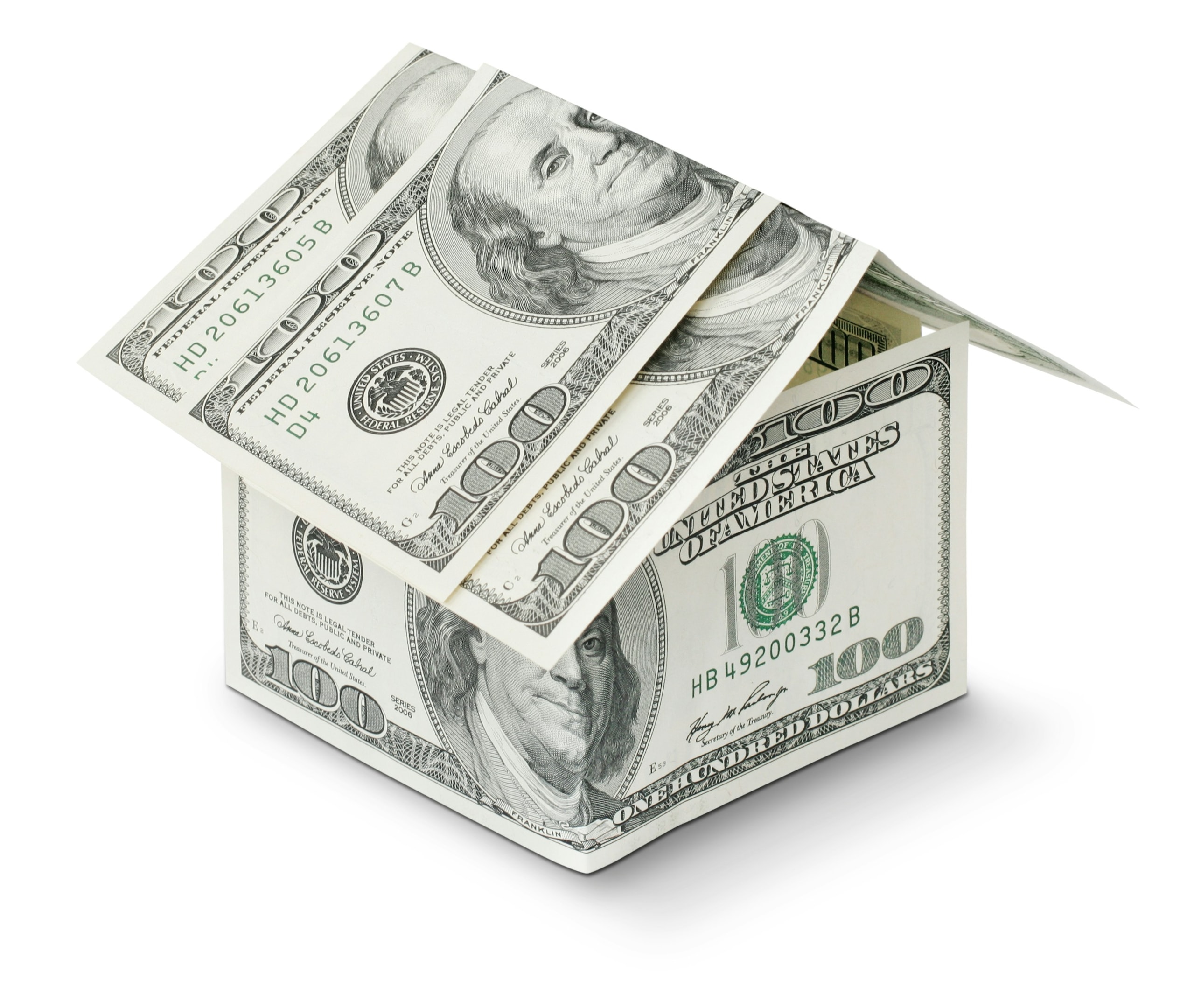
Financing Options
Most banks treat manufactured housing differently than traditional ones. That can be a good thing or a bad thing, depending on your situation.
If your home is permanently installed on private property, you could qualify for a traditional mortgage with lower rates.
But if your home isn’t permanently attached to land, it’s classified as personal property, so you'll need to rely on a chattel mortgage or a personal loan for your project. These have higher interest rates but fewer restrictions.
Some of the best financing options for manufactured housing include:
-
Federal Housing Administration (FHA) Loans – Lower down payments for buyers who qualify.
-
Veterans Affairs (VA) Loans – Zero down payment for veterans buying a new home.
-
USDA Loans – Government-backed financing for homes in rural areas.
-
Chattel Loans – A flexible financing option, especially if you don’t own land.
Interest rates for manufactured home loans tend to be higher than traditional mortgages. But if you own private property and install the home on a permanent foundation, you could qualify for a 30-year fixed-rate loan.

Appreciation and Resale Value
One of the biggest fears about buying a manufactured home is depreciation. Unlike traditional homes, which tend to appreciate, some factory-built homes, especially if they’re not permanently attached to land—lose value over time.
A home placed in a mobile home park depreciates similar to a car. But if you buy private property and install the home on a foundation, appreciation is much more likely.
Modular homes, in particular, hold value well because they’re built to the same standards as traditional houses. And location matters. A manufactured home in Northern California near cities like Sacramento is far more valuable than one in a rural county with low housing demand.
Factors Influencing Value
Not all manufactured homes depreciate. Some increase in value just like traditional homes. What makes the difference?
-
Land Ownership – Homes placed on private property appreciate more than those in parks.
-
Maintenance – Well-kept homes hold value better.
-
Market Demand – A manufactured home in California will gain value in high-cost areas.
-
Build Quality – High-end builders design homes that last.
And then there’s the rise of accessory dwelling units (ADUs). Cities across California are approving more ADUs than ever, making factory-built homes a smart investment for rental income. Home Drop offers stylish, affordable ADUs that install fast—adding value to your property and creating a new income stream.
Why Millennials and Gen Z Are Choosing Manufactured Houses And ADUs
Younger home buyers aren’t waiting around. They’re finding smarter, more affordable ways to own a home. And one of those is such prefab housing from factories.
Minimalism and Eco-Friendliness
Smaller homes. Less waste. Lower costs.
A traditional home is bigger than most people actually need. The average new single-family home in the U.S. is 2,273 square feet—far more space than necessary for singles, couples, or small families. A manufactured home or modular home, however, starts at 600–1,400 square feet, making it a perfect fit for a minimalist lifestyle.
You spend less on materials, utilities, and upkeep. You don’t waste space on empty rooms you’ll never use. And you’re not stuck paying for unnecessary square footage.
And then there’s sustainability. You can get a factory-built home with energy-efficient insulation, solar panel options, and water-saving appliances.
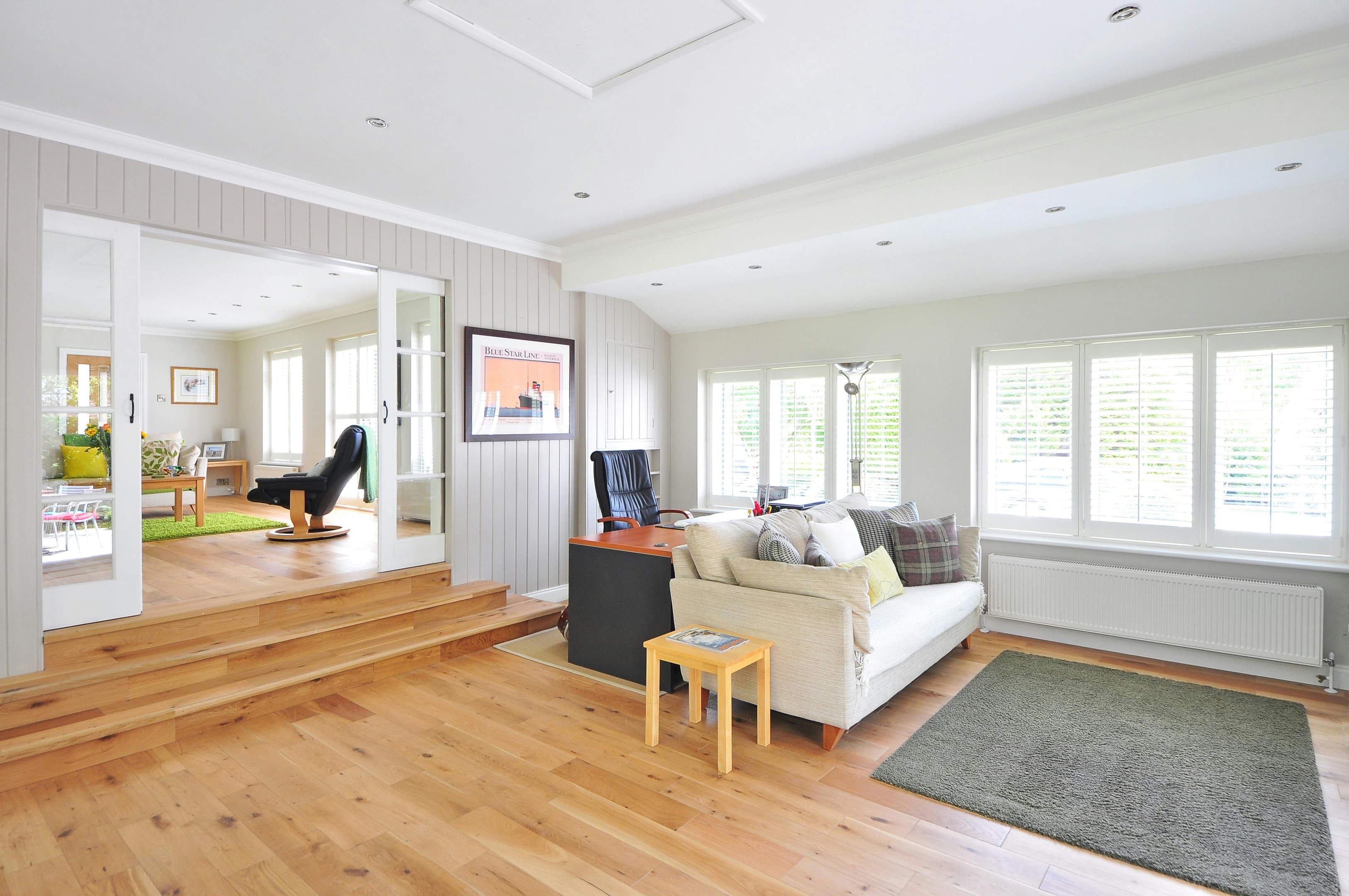
Flexibility And A Home That Grows With You
Customization matters. Unlike mobile homes of the past, today’s factory direct homes offer a range of floor plans, smart home features, and stylish finishes.
Many top builders include modular add-ons for their clients, meaning you can expand your space when you’re ready. Some even include a garage in the design—a feature once limited to traditional homes.
Home Drop’s modern ADUs install fast and adapt to your life. Need extra space? Customize every detail using our 3D design tool—layouts, finishes, and features—all before it’s built. Whether it’s for work, guests, or rental income, your perfect space is ready when you are.
Overcoming Economic Barriers
High housing prices. Crushing student loan debt. Low wages.
The crushing trifecta hitting millennials and Gen Z.
The average cost for a new manufactured home is 50-70% lower than a traditional home. That means smaller down payments, lower mortgages, and less financial strain. And financing is becoming easier. Many lenders now offer FHA, VA, and conventional loans for manufactured homes—especially if they’re placed on private property.
This is a real path to homeownership without spending decades saving for a traditional home.
Manufactured Homes as a Smart Investment
Long-term value matters too. More young buyers are seeing factory-built and hybrid prefab homes as an investment, not just a place to live.
Some are renting out ADUs to generate passive income. Others are buying land and placing multiple units to build wealth. And with more states—including California—making it easier to build ADUs, demand for manufactured homes is rising.
Real estate investment doesn’t have to start with a million-dollar mortgage. It can start with a smart, affordable home that fits your life—and your budget.
Considerations When Buying Manufactured Homes and Accessory Dwelling Units (ADUs)
It isn’t as simple as picking a house and moving in. There are factors you need to weigh before making a decision.

California Housing laws
You can’t just place a manufactured home anywhere. Zoning laws dictate where they can be installed, and each county has its own building codes and US department to follow it up.
If you plan to put your home on private property, it must comply with HUD Code standards. That means it needs to be permanently installed on a foundation, meet wind and fire safety regulations, and follow square footage requirements.
Some areas, especially in Northern California, have stricter permits for new factory-built housing. Others, like parts of Southern California, are pushing for more affordable housing options, including modular homes and accessory dwelling units (ADUs).
Before you buy, check the local regulations where you plan to place your home. Some cities make the entire process smooth, while others throw up roadblocks.

Placement Restrictions
Not every city or county in California allows manufactured homes on private land. Some require homes to be in designated parks, limiting your options.
And even if they do allow factory-built homes, some areas enforce HOA restrictions that dictate design, size, and exterior finishes. Some neighborhoods might even not let you add a garage option. These restrictions can affect property value, resale potential, and financing options.
There's good news though? California cities are loosening zoning laws to allow more affordable housing, including ADUs and modular homes.

Maintenance Requirements
A manufactured home is low-maintenance, but it’s not maintenance-free. To keep your home in top shape, you need to:
-
Inspect the foundation, skirting, and roofing yearly.
-
Keep plumbing and electrical systems updated.
-
Ensure ventilation and insulation are in good condition.
Without regular maintenance, your home could lose value faster than expected.

The Process of Buying a Manufactured Home in California
Now for the land selection, permits, financing, and installation.
Site Preparation and Foundation Requirements
Before you buy, you need land.
Some people choose a manufactured home community, but owning private property gives you more flexibility and resale value. If you plan to place your home on land you own, check the county zoning and urban development laws first.
Not all land is approved for factory-built housing. Some cities require permanent foundations for hybrid prefab homes, while others limit square footage or garage options.
And then, there’s permitting.
A manufactured home must meet HUD Code if it’s built after 1976. But you’ll still need local permits for installation, foundation work, and utility hookups.
The costs vary by county, but expect to spend between $5,000 and $15,000 for permits, foundation prep, and utility connections.
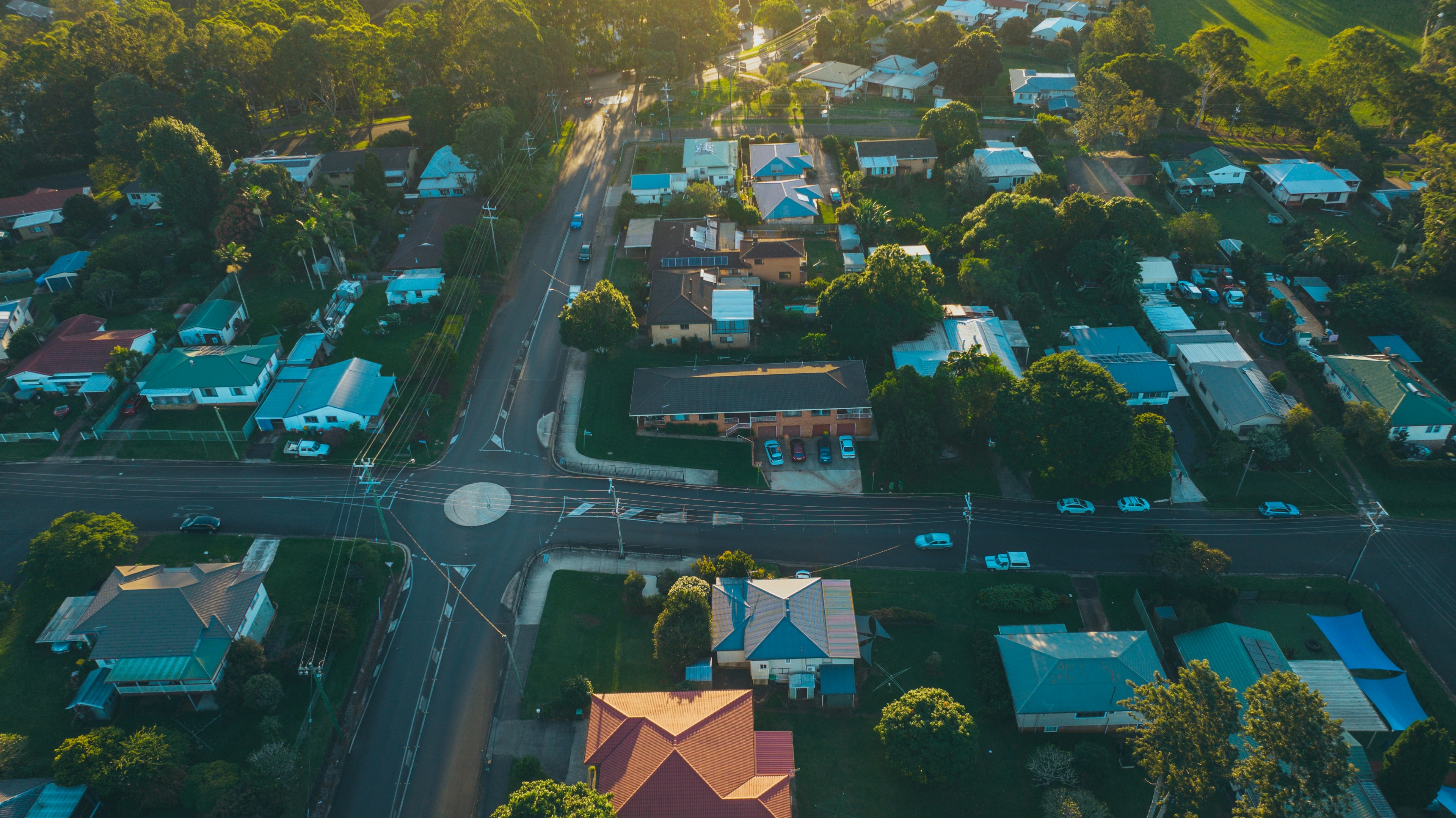
Choosing the Right Home Model
Some prefab homes have basic floor plans designed for affordability, while others come with custom designs, open layouts, and high-end finishes.
What matters most?
-
Square footage – How much space do you need? Most homes range from 600 to 2,500 square feet.
-
Garage options – Some models come with attached garages, while others require a separate structure.
-
Floor plans – Do you want an open-concept home or a traditional layout with separate rooms?
-
Energy efficiency – Some builders offer solar panel integration, smart home features, and upgraded insulation.
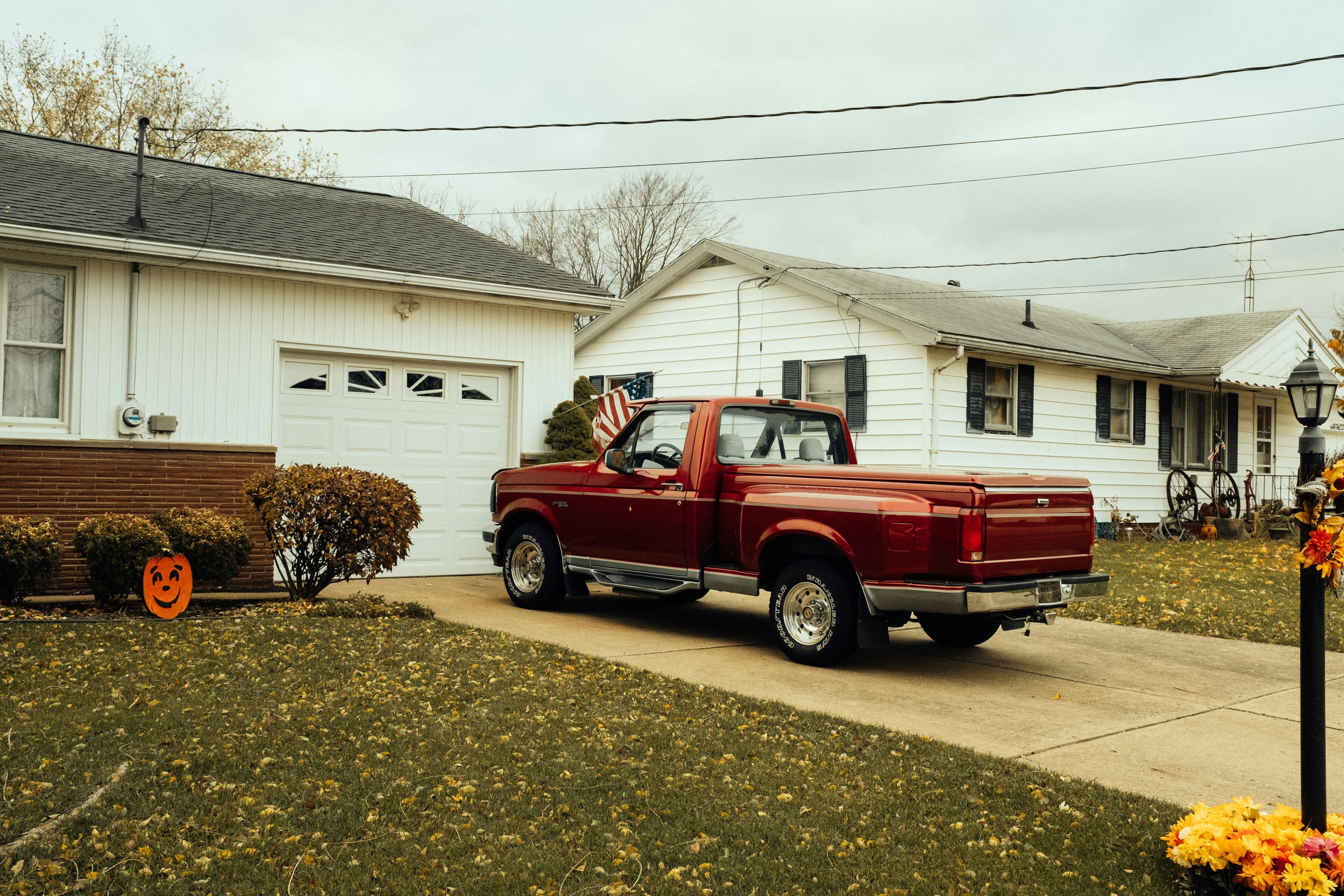
Working with a Trusted Dealer
Before you sign a contract, look for:
-
Customer satisfaction – Check reviews and see how they handle installation and after-sales service.
-
Factory tours – Some companies offer walkthroughs so you can see the build quality.
-
Warranty options – Make sure your home is protected against construction defects.
A good dealer will walk you through the entire process—from permitting and financing to site prep and installation.
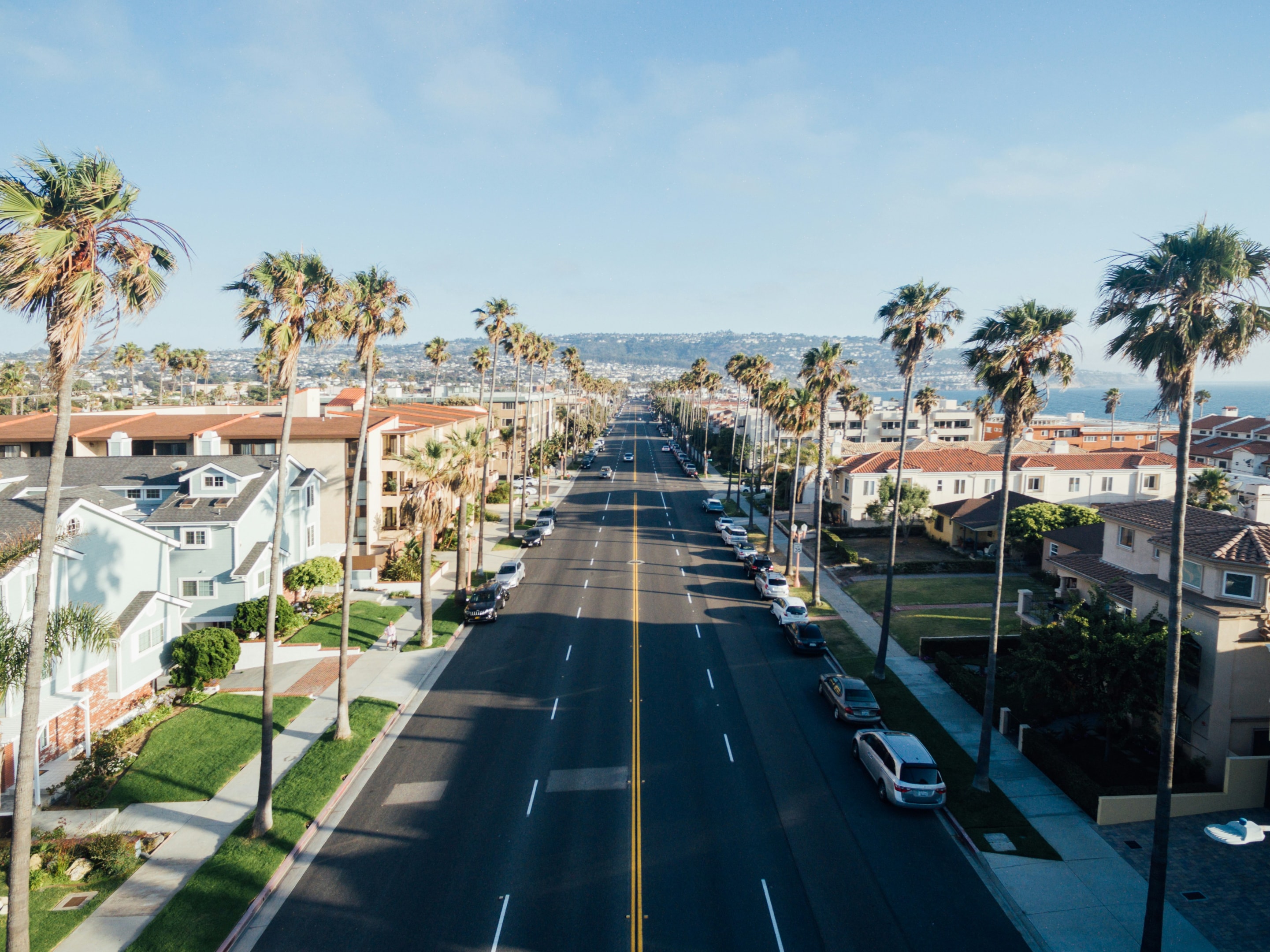
Homeownership Without the Headache
Modular and manufactured homes are making homeownership realistic again—without forcing buyers into a lifetime of mortgage debt. HomeDrop gives you customizable, factory-built homes that fit your lifestyle. Whether you need a starter home, an ADU, or a smart investment, there’s a perfect option for you.
